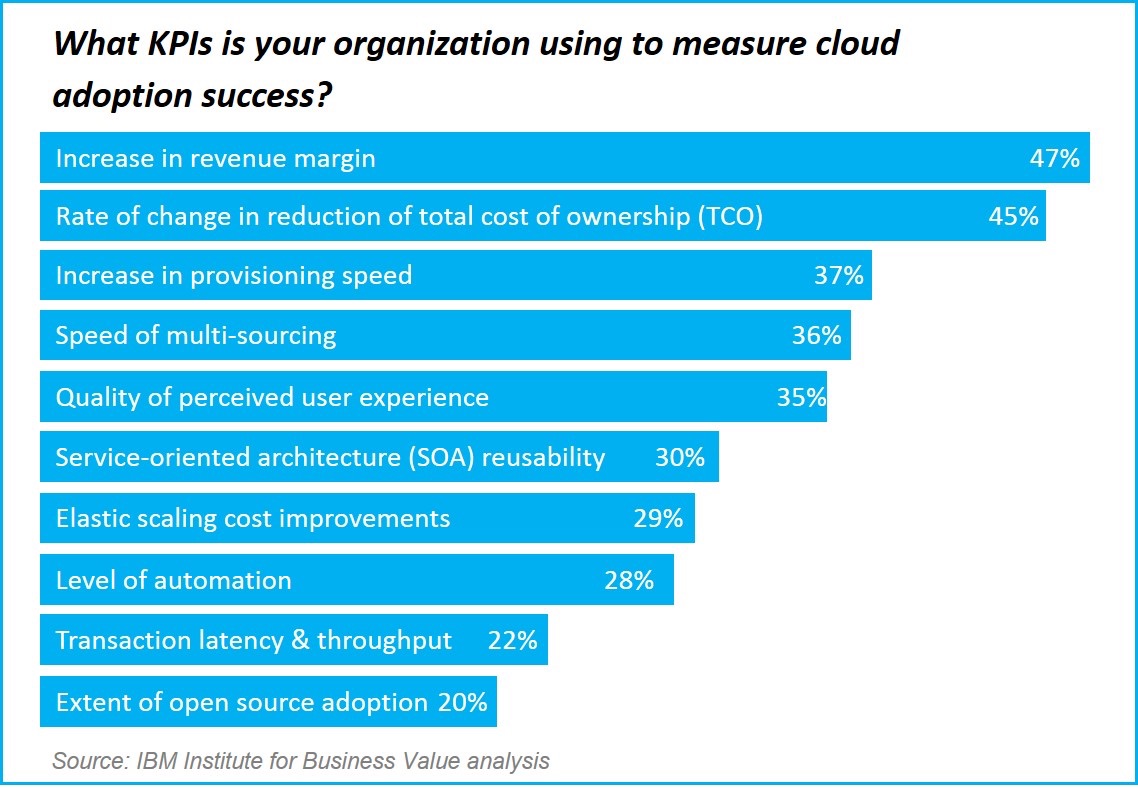Menu
Hybrid clouds: Here to stay, or stop-gaps to enterprise cloud? |
|
When something is labeled a "hybrid," the natural inclination is to consider it temporary, a stop-gap between what was and what will be. A hybrid gas-electric car, for example, combines old and new technologies. This may be a good choice for drivers today, but as most analysts will tell you, in the automobile industry of the future, gas-powered engines will be dinosaurs.
Will hybrid cloud networks meet the same fate as their four-wheel counterparts? Nearly every cloud forecast paints a rosy picture for hybrid clouds, which combine the efficiency and scalability of public cloud services with the security and control of in-house IT systems configured as private clouds. Yet history tells us the hybrid-cloud phenomenon is transitory. Some analysts will tell you this is one of those rare occasions when history is wrong. They claim hybrid cloud's unique combination of performance, affordability, reliability, and security means the technology is here to stay. Other experts believe hybrid-cloud promoters overlook many of the approach's built-in shortcomings, especially hybrid cloud's cost premium and its more complicated management. Today's best cloud approach may not be tomorrow's There's no denying the growing popularity of the hybrid-cloud approach. According to RightScale's 2017 State of the Cloud Report (pdf), 58 percent of the enterprises surveyed are pursuing a hybrid-cloud strategy. By 2020, hybrid cloud will be the most popular category of cloud computing, as forecast by research firm Gartner. Another result of the RightScale survey may be more telling: While public cloud adoption has reached 89 percent in enterprises, use of private clouds is actually declining. As Datamation's Cynthia Harvey writes in a March 28, 2017, article, changing perceptions about security have played a big role in the growing popularity of public-cloud services.  The 2017 RightScale State of the Cloud report found fewer enterprises planning to expand their use of private clouds than those focusing more on their public-cloud and cloud-first strategies. Source: RightScale The 2017 RightScale State of the Cloud report found fewer enterprises planning to expand their use of private clouds than those focusing more on their public-cloud and cloud-first strategies. Source: RightScale
In the early days of cloud computing, IT managers believed their internal systems were more secure. Now security expertise is a selling point for leading cloud providers: few companies can compete with the talent and experience that Amazon, Microsoft, IBM, Google, and other cloud giants benefit from. In fact, the difficulty in attracting the best developers and other IT pros is a primary reason companies cite for going all in with the public cloud.
The CIO's take on the business case for hybrid cloud The larger the organization, the more care that must be taken when pinning your company's fortunes to the cloud. Any enterprise CIO knows the board will want to know where the cost savings will come from -- and when. Ensono Europe COO Paul Morris writes in a March 30, 2017, article on The Stack that a common reason for adopting hybrid cloud is to mitigate migration costs. In fact, the feasibility of migrating apps and systems to the cloud determines which apps stay in-house and which are practical to move to the cloud. You maximize the value of existing systems while avoiding migration costs until current apps start showing their age. They you're better able to justify the cost of reimagining the systems in cloud-native form.  The key performance indicators used by organizations to gauge the success of their cloud-migration projects are increase in revenue margin, and reduction in total cost of ownership. Source: IBM The key performance indicators used by organizations to gauge the success of their cloud-migration projects are increase in revenue margin, and reduction in total cost of ownership. Source: IBM
An obstacle to hybrid-cloud adoption is the problem of having to monitor and provide access to systems on two distinct environments: the legacy systems running in-house, and the apps you've migrated to the public cloud. The best way to manage the added complexity of managing both components of hybrid networks is by using a cloud management console backed up by fast and accurate performance logs.
Uptime monitoring of hybrid clouds via a single pane of glass describes Morpheus in a nutshell. The Morpheus cloud application management platform delivers the efficiency, reliability, and affordability the cloud is famous for, combined with a world-class interface that puts powerful reporting, logging, and troubleshooting features in users' hands. Morpheus delivers the unified, comprehensive management interface hybrid-cloud users are clamoring for. Cloud value starts and ends with application performance Observable Networks CEO Bryan writes in a March 27, 2017, article on Data Center Knowledge that most concerns of CIOs about cloud security have been addressed sufficiently to show cloud benefits far outweigh security risks. Now the gravest concern of IT operations is the fear that their key apps and data systems will underperform on the cloud. Complicating the matter is the difficulty in assessing the app performance you can expect prior to migrating them to the cloud. Ensuring adequate application performance is a key aspect of your cloud-migration plan, but as TechTarget's Jeff Byrne explains in a March 2017 article, assessing app performance is more subjective than confirming security and compliance requirements are met. The cloud infrastructure configuration, network bandwidth, and traffic volumes are unique and variable. There is no way to anticipate how well a latency-sensitive application will run without testing it in a real-world environment under production loads. One solution is to use an on-premises cloud-storage gateway, such as AWS Storage Gateway or Azure StorSimple, to cache frequently accessed data and resources locally. Another alternative is to pay for a premium cloud storage service combined with instances that are optimized for I/O-intensive workloads or others susceptible to latency, such as CRM, messaging, and transaction databases. The obvious downside is the added expense of such services, but for some apps, the extra cost may lead to savings in support, maintenance, and other areas. |
